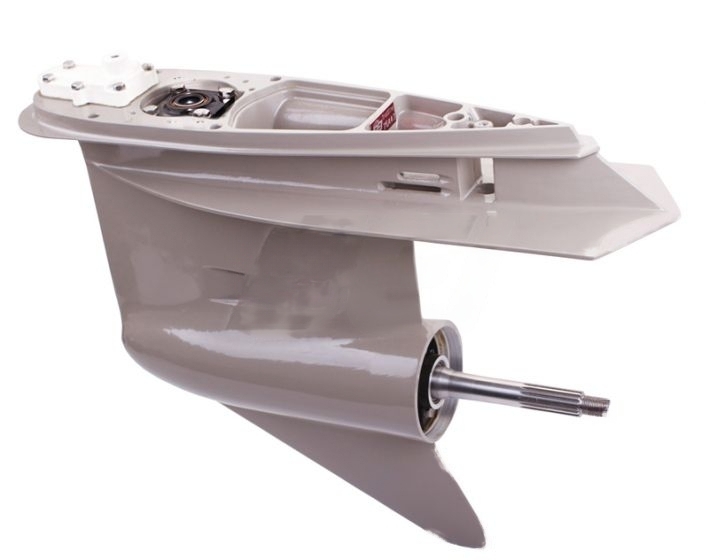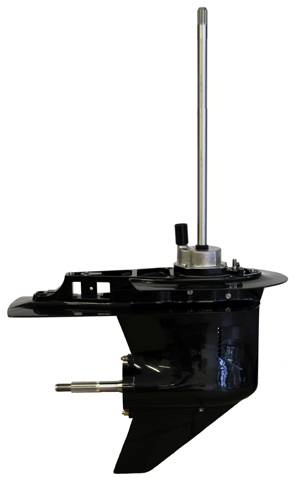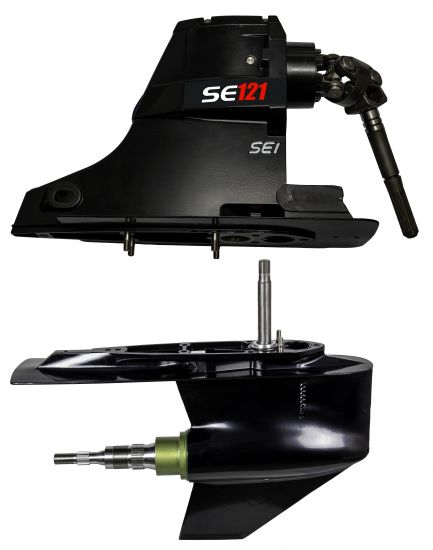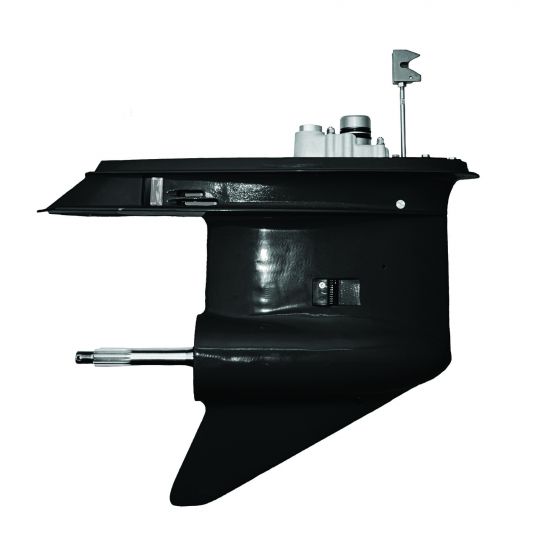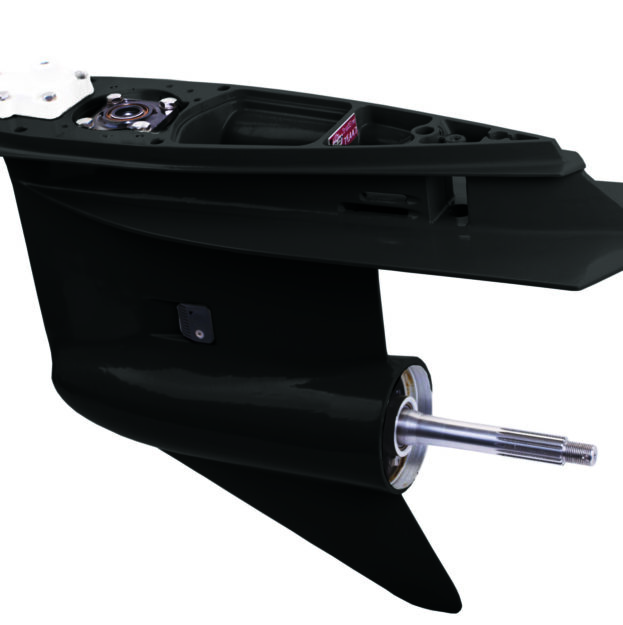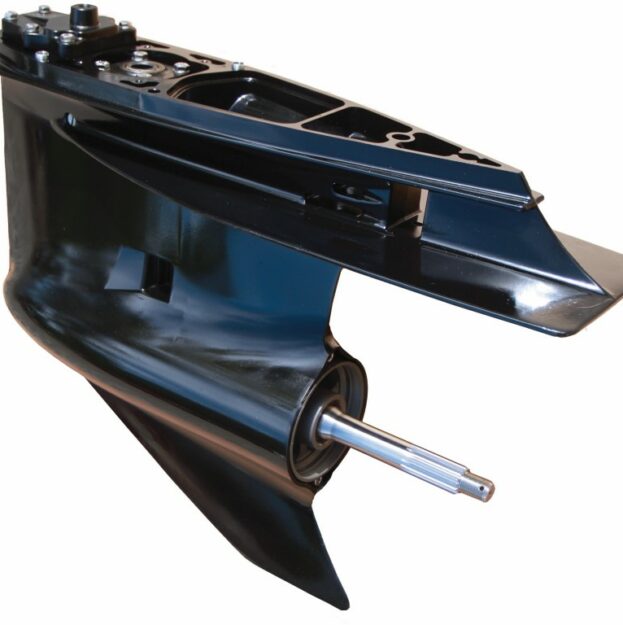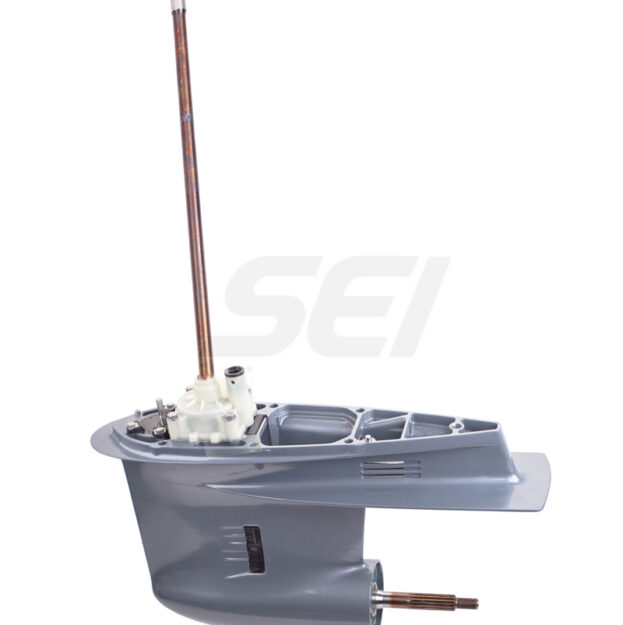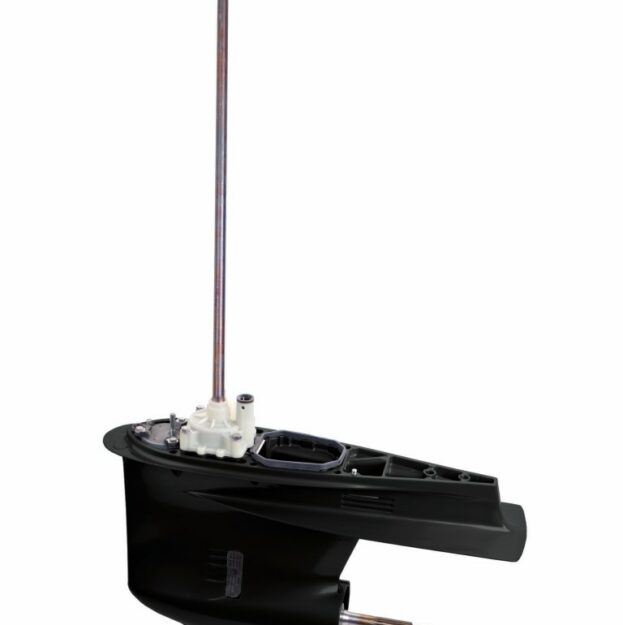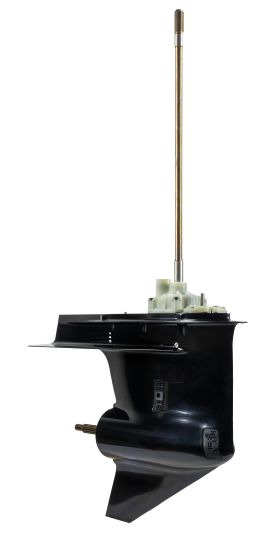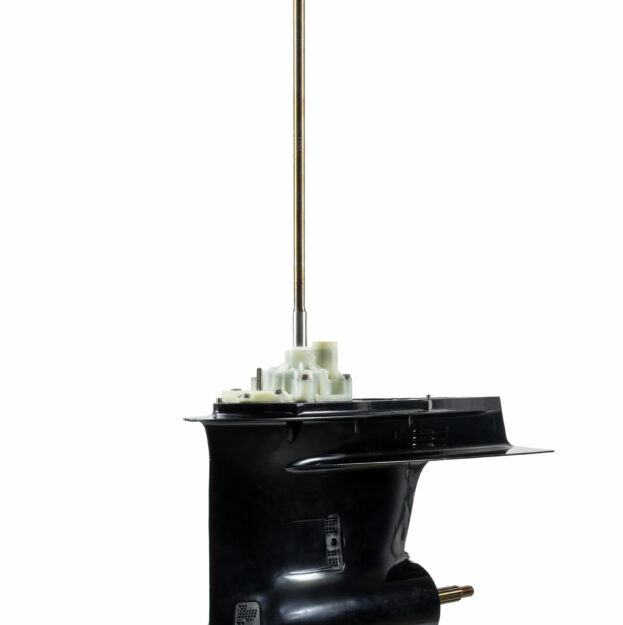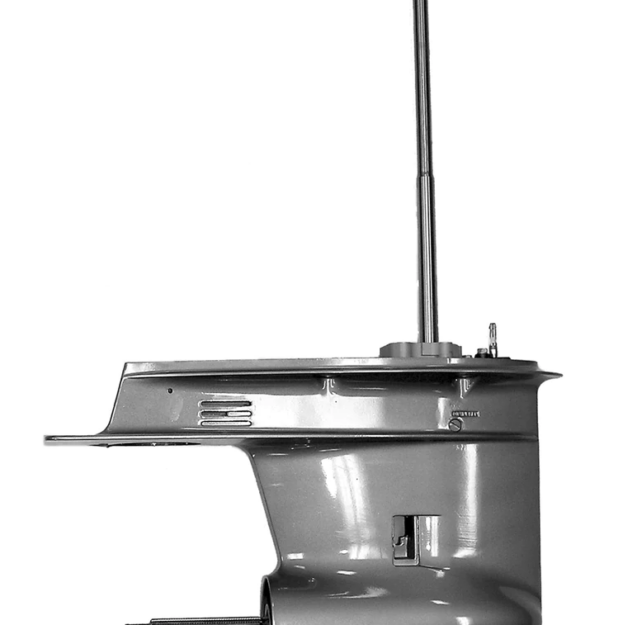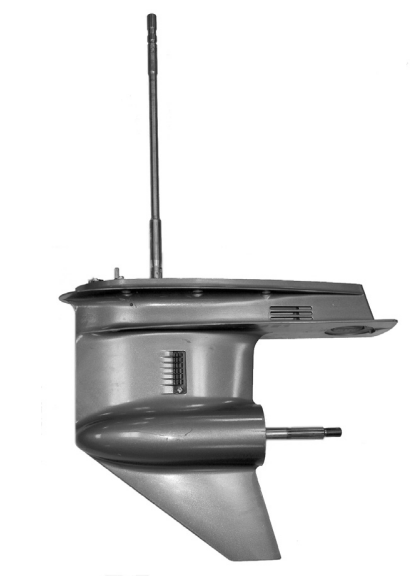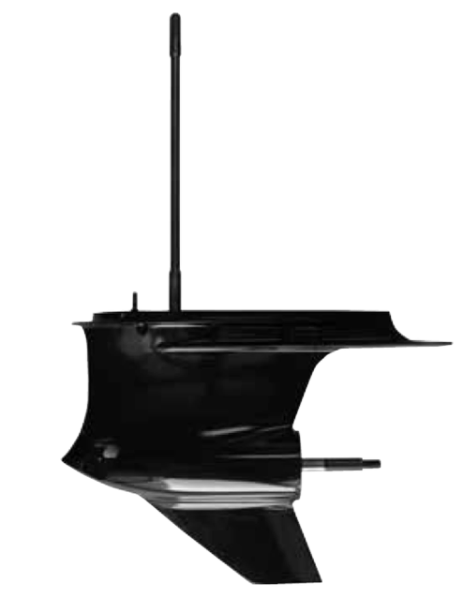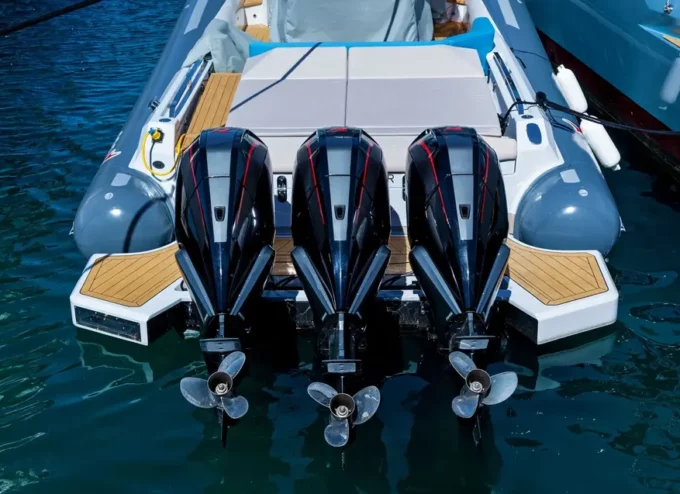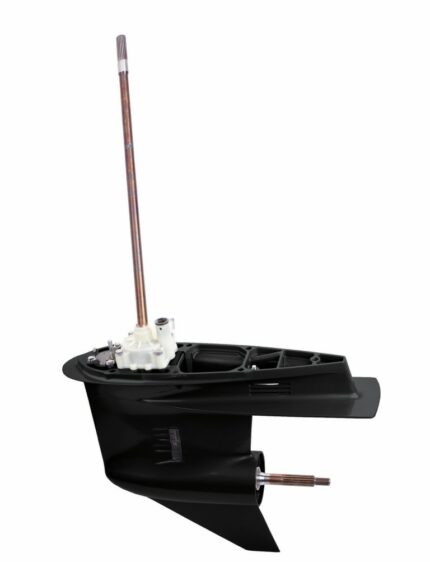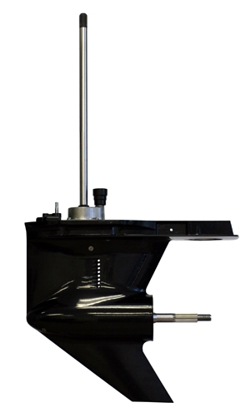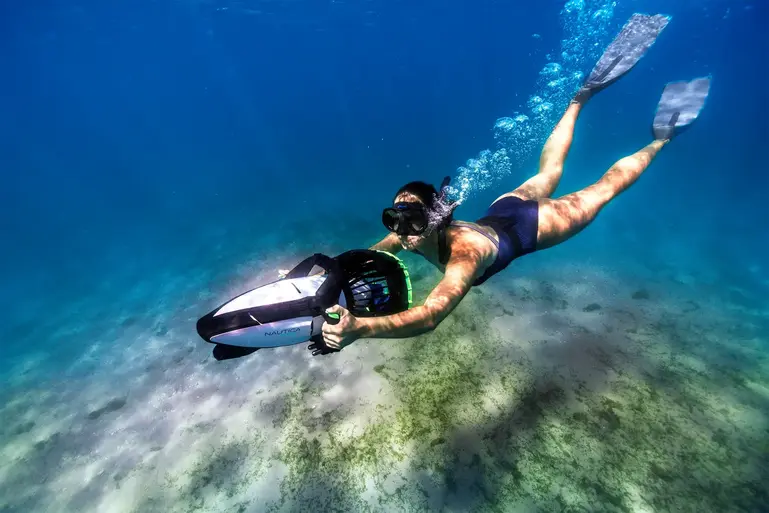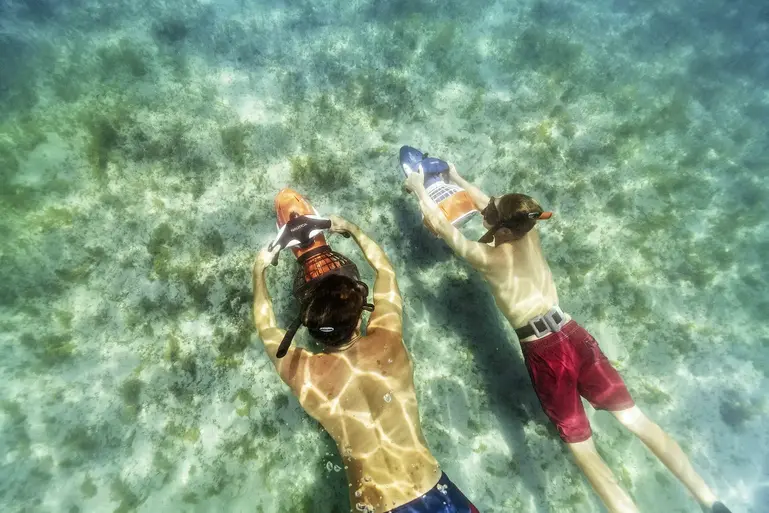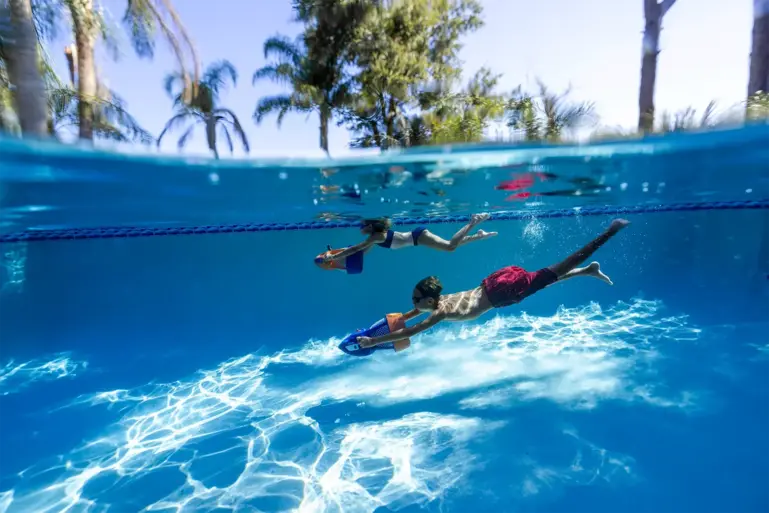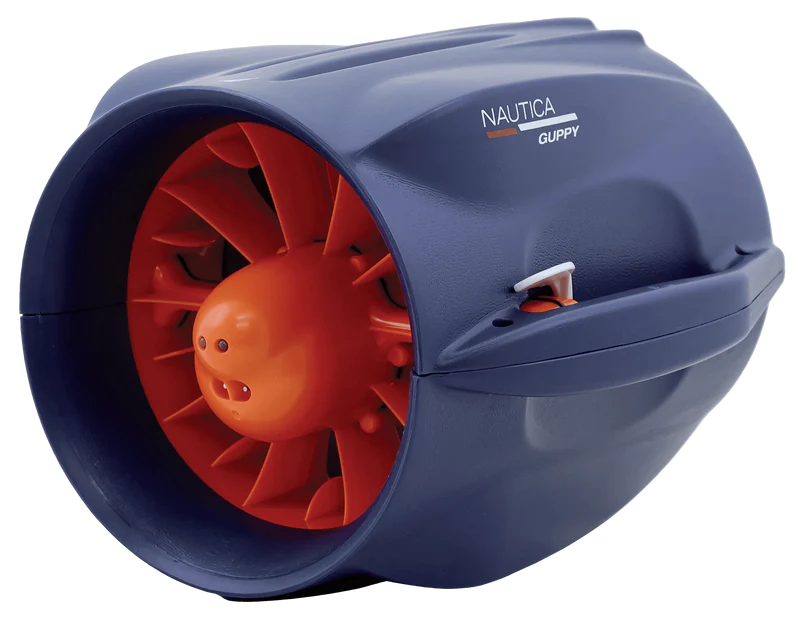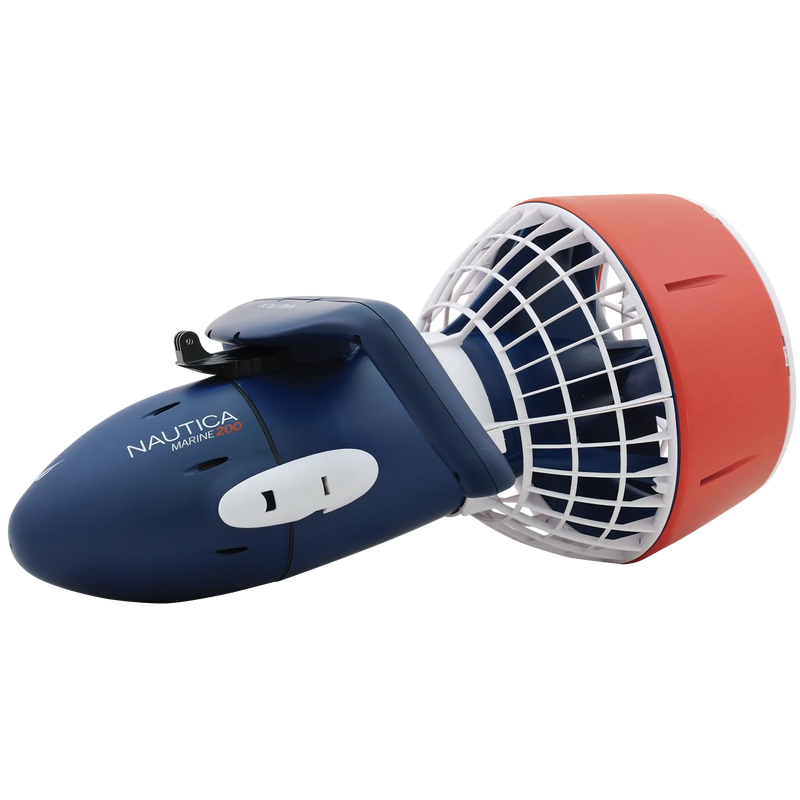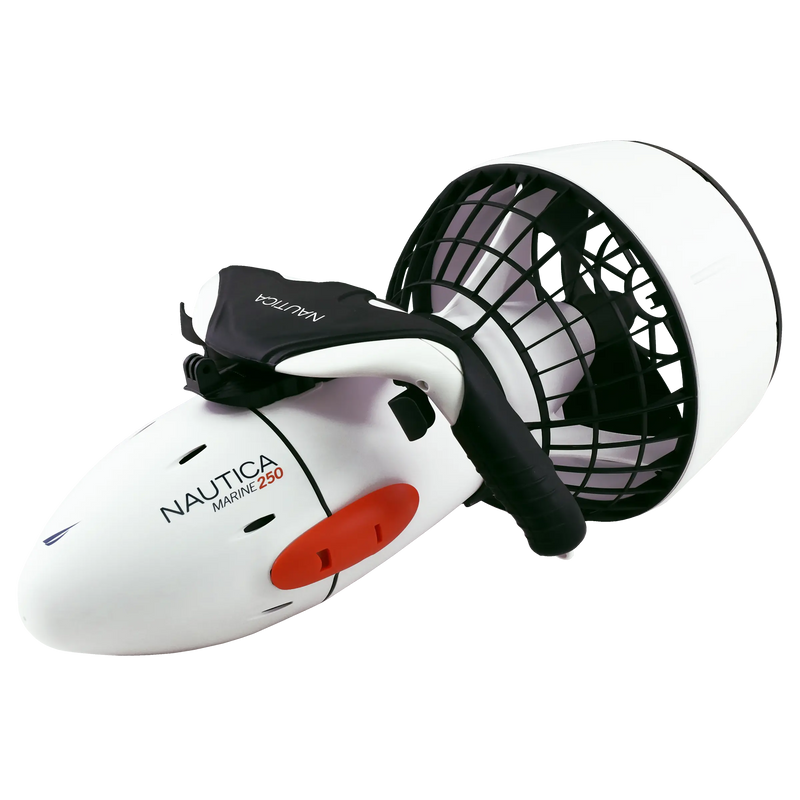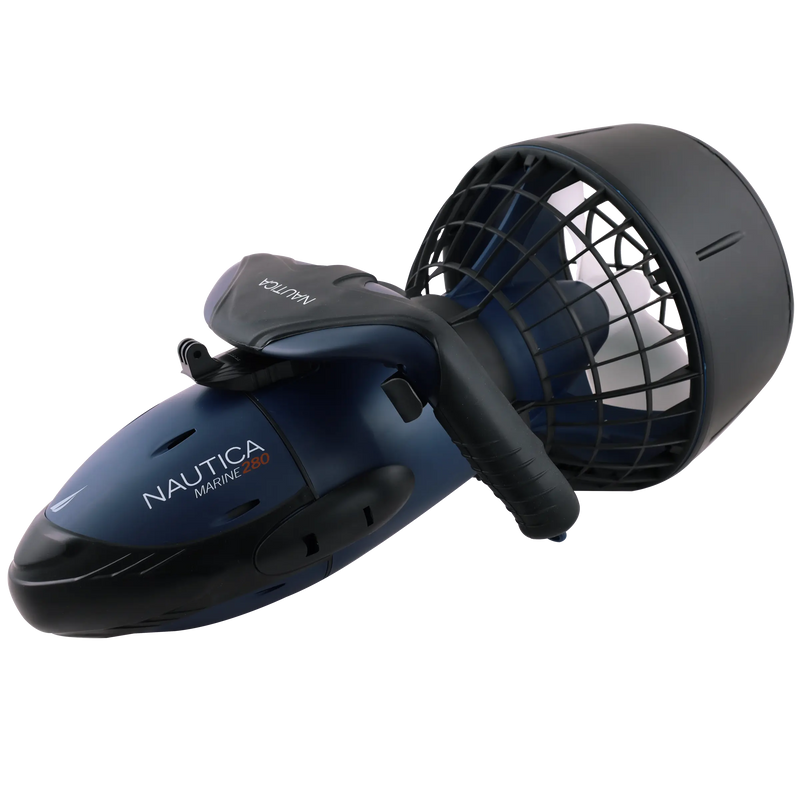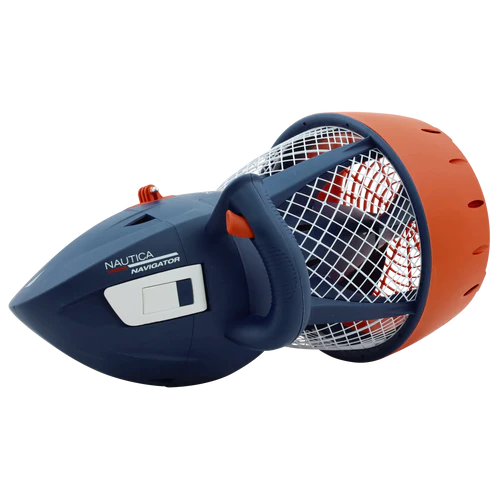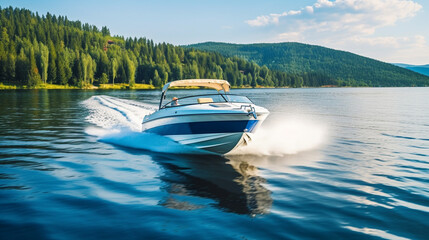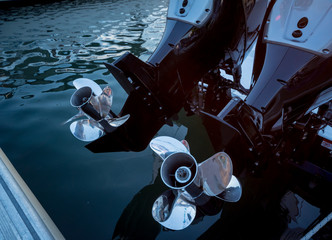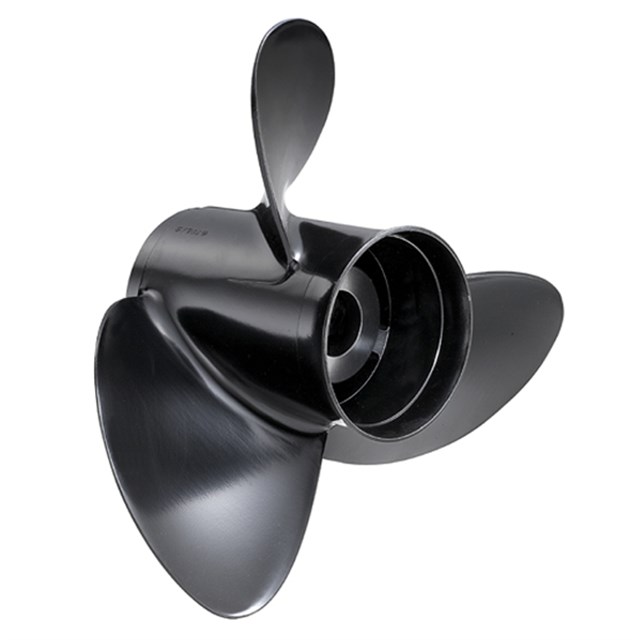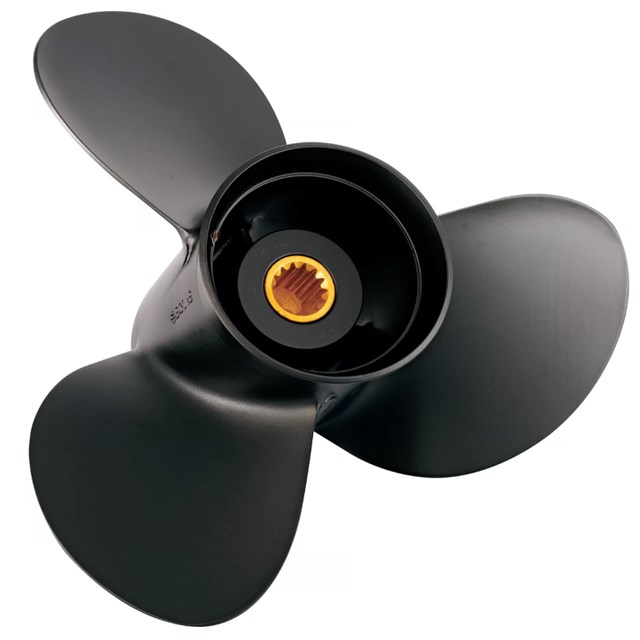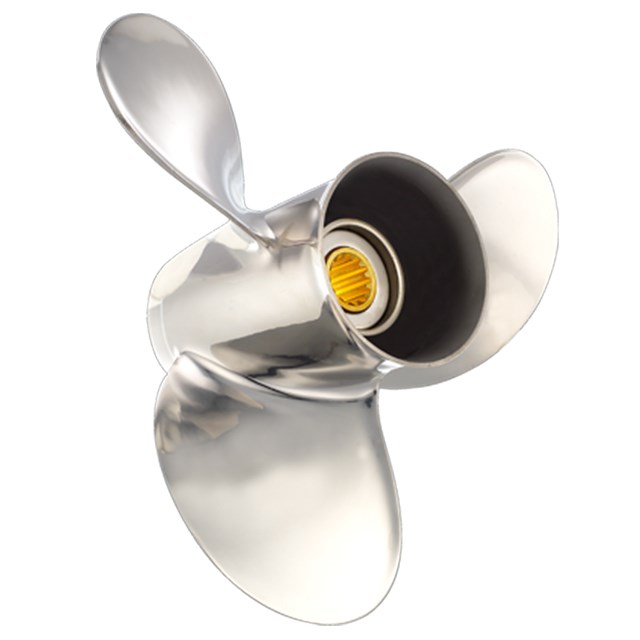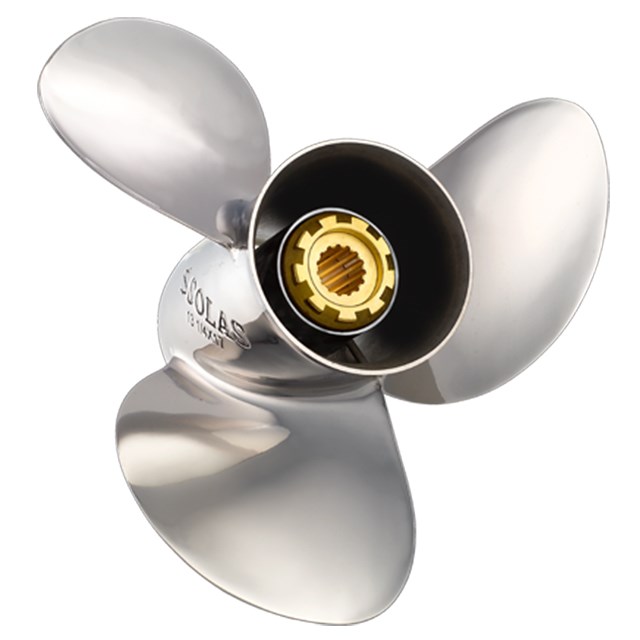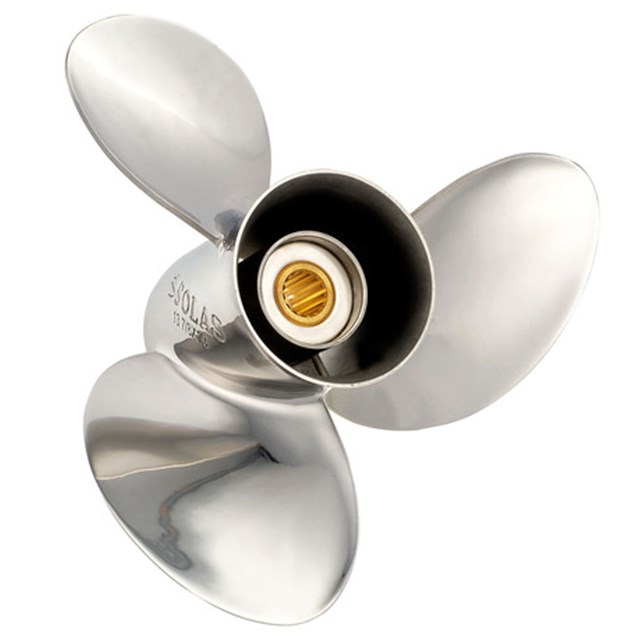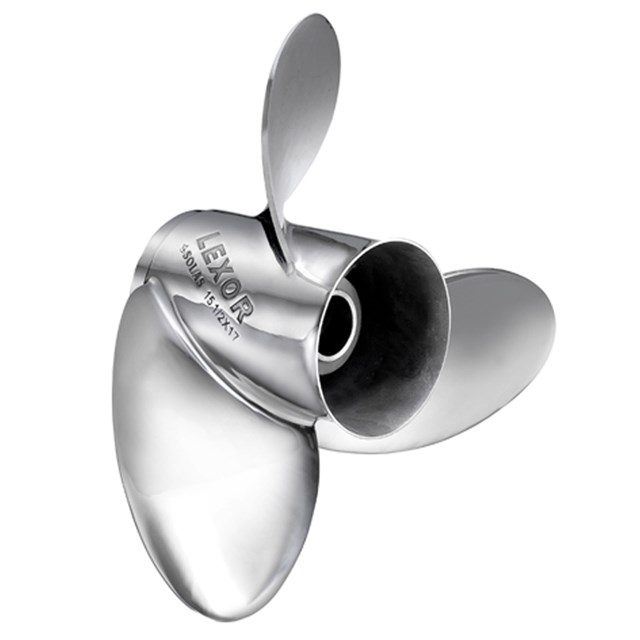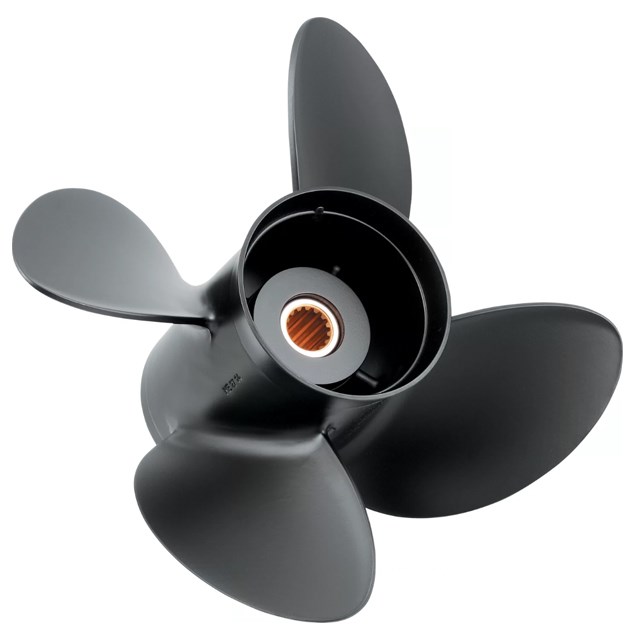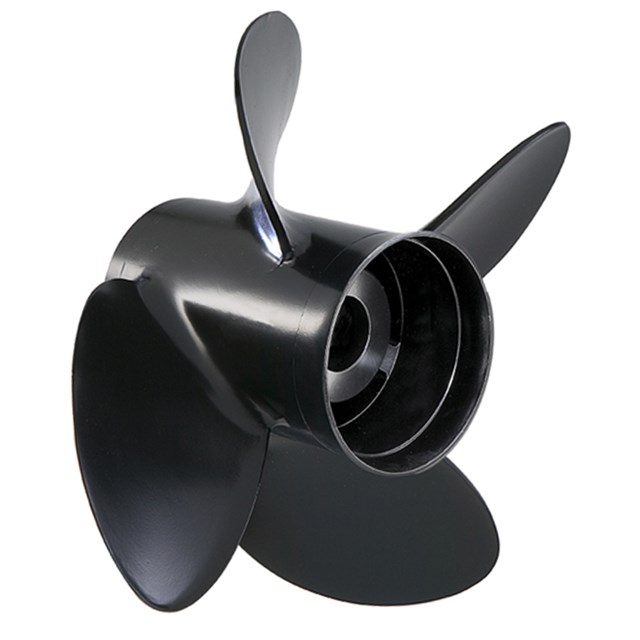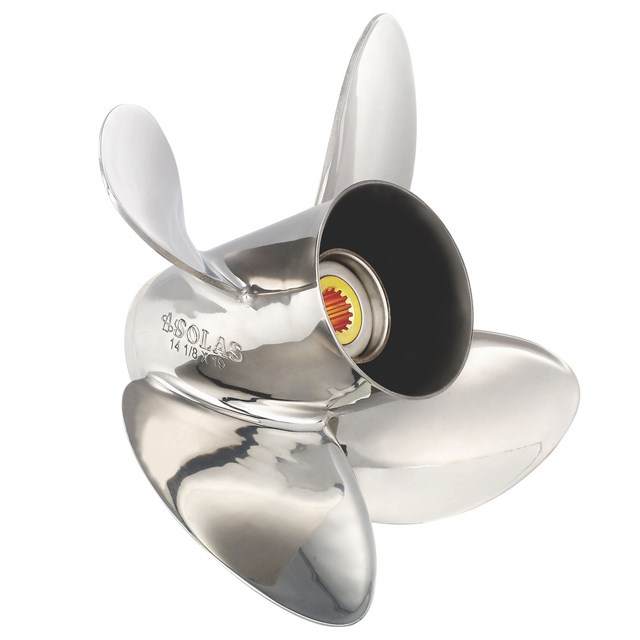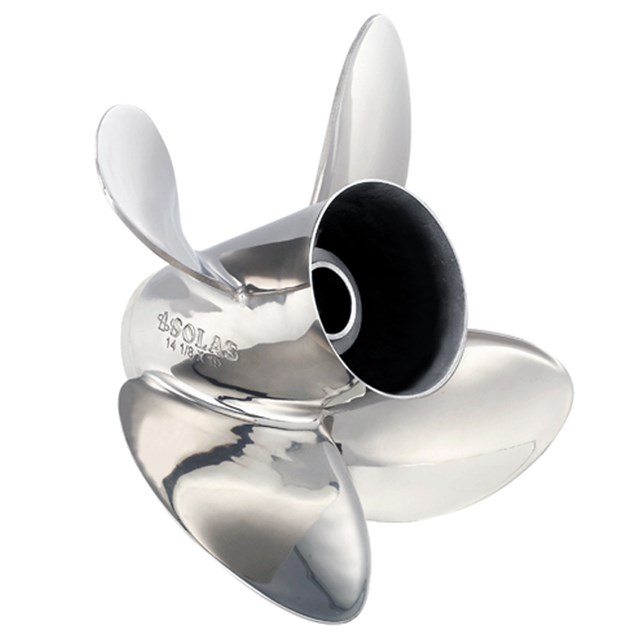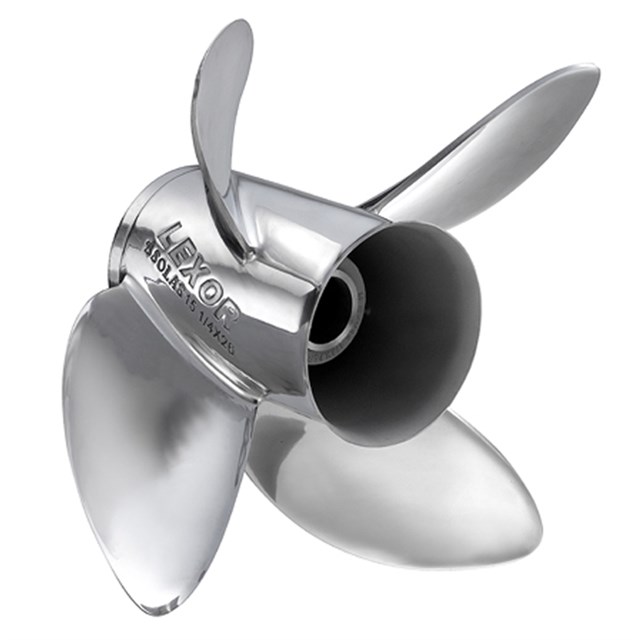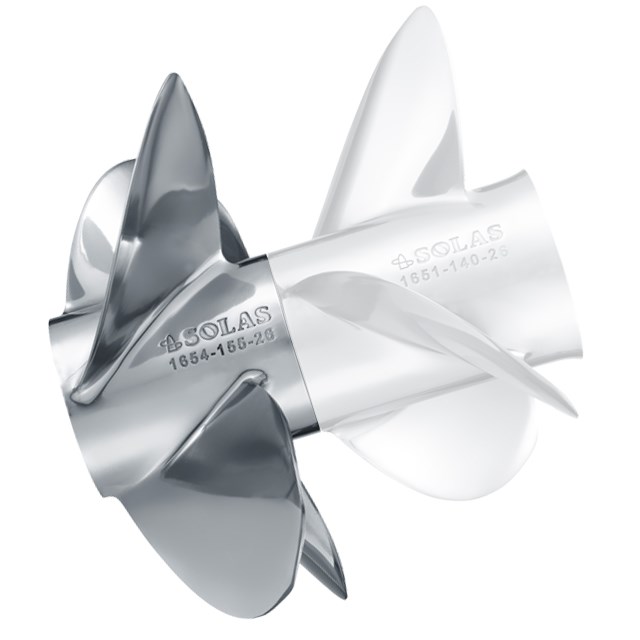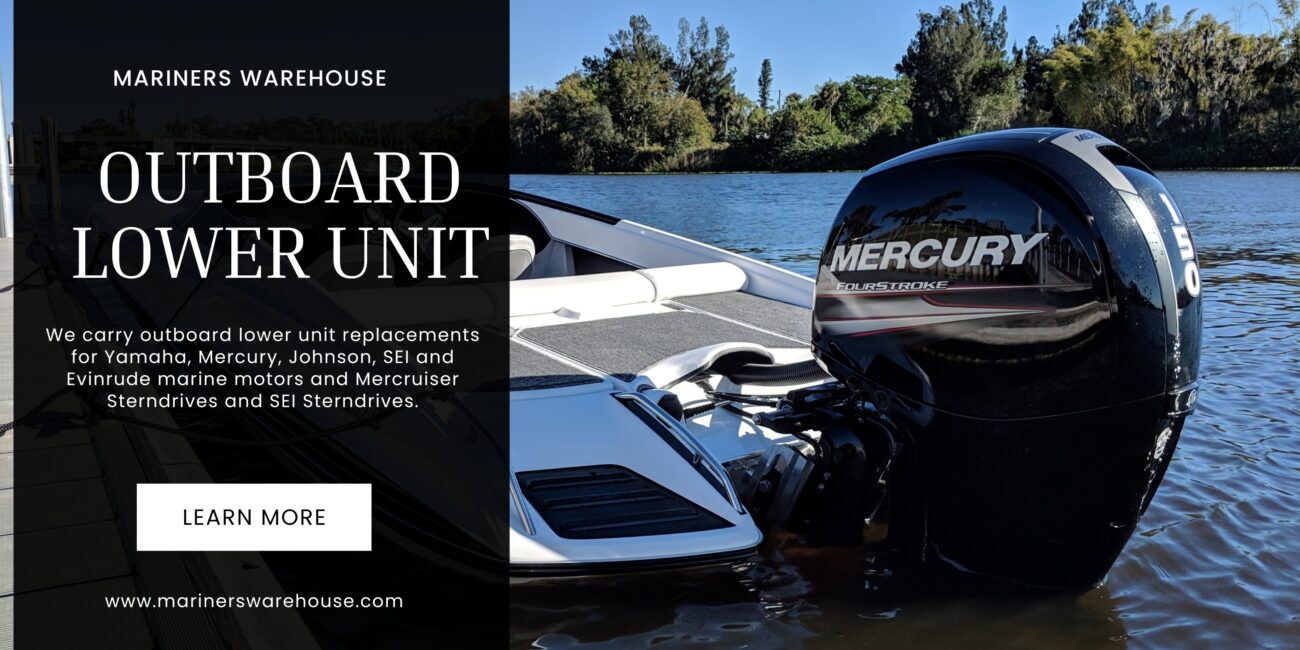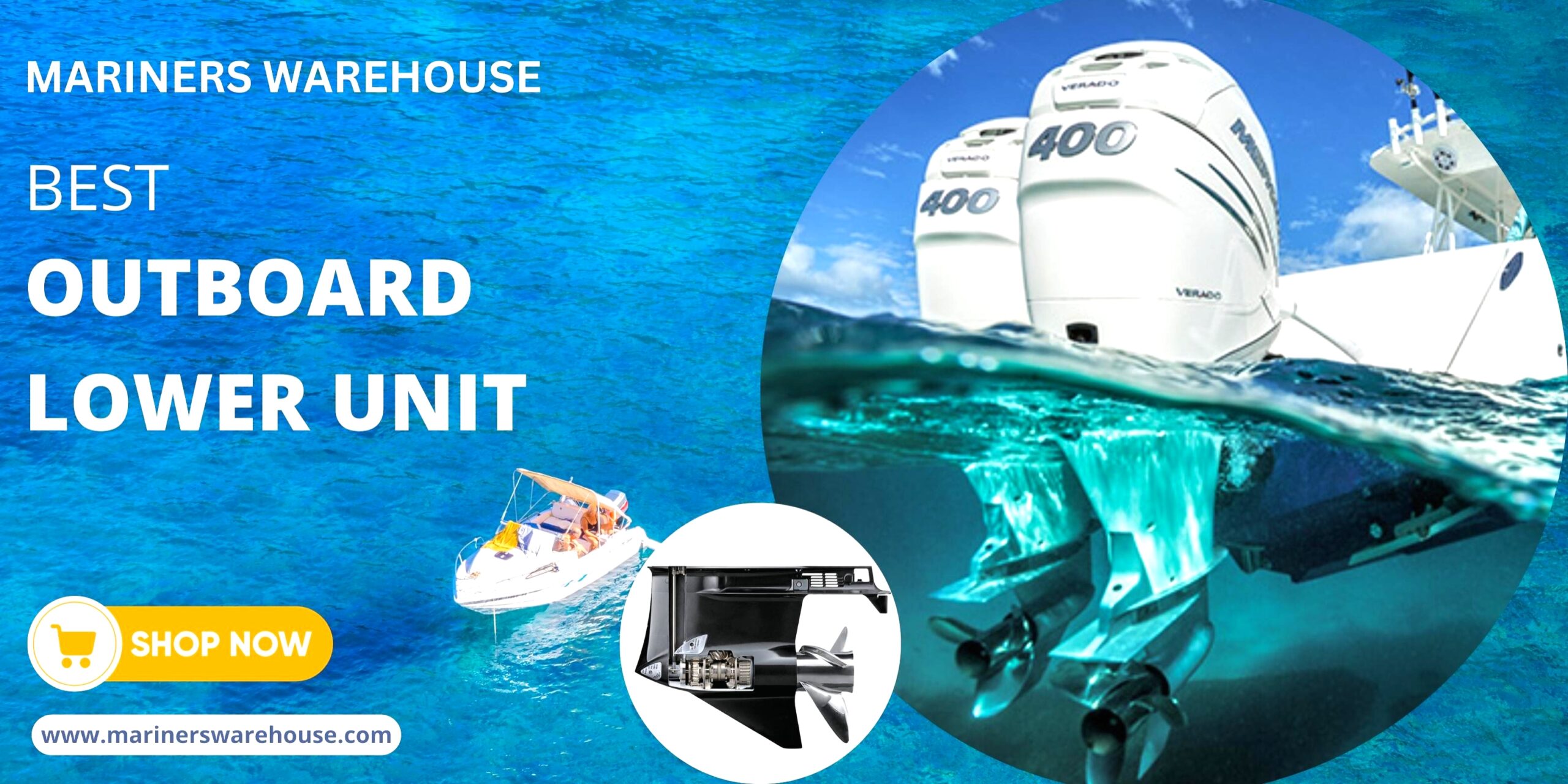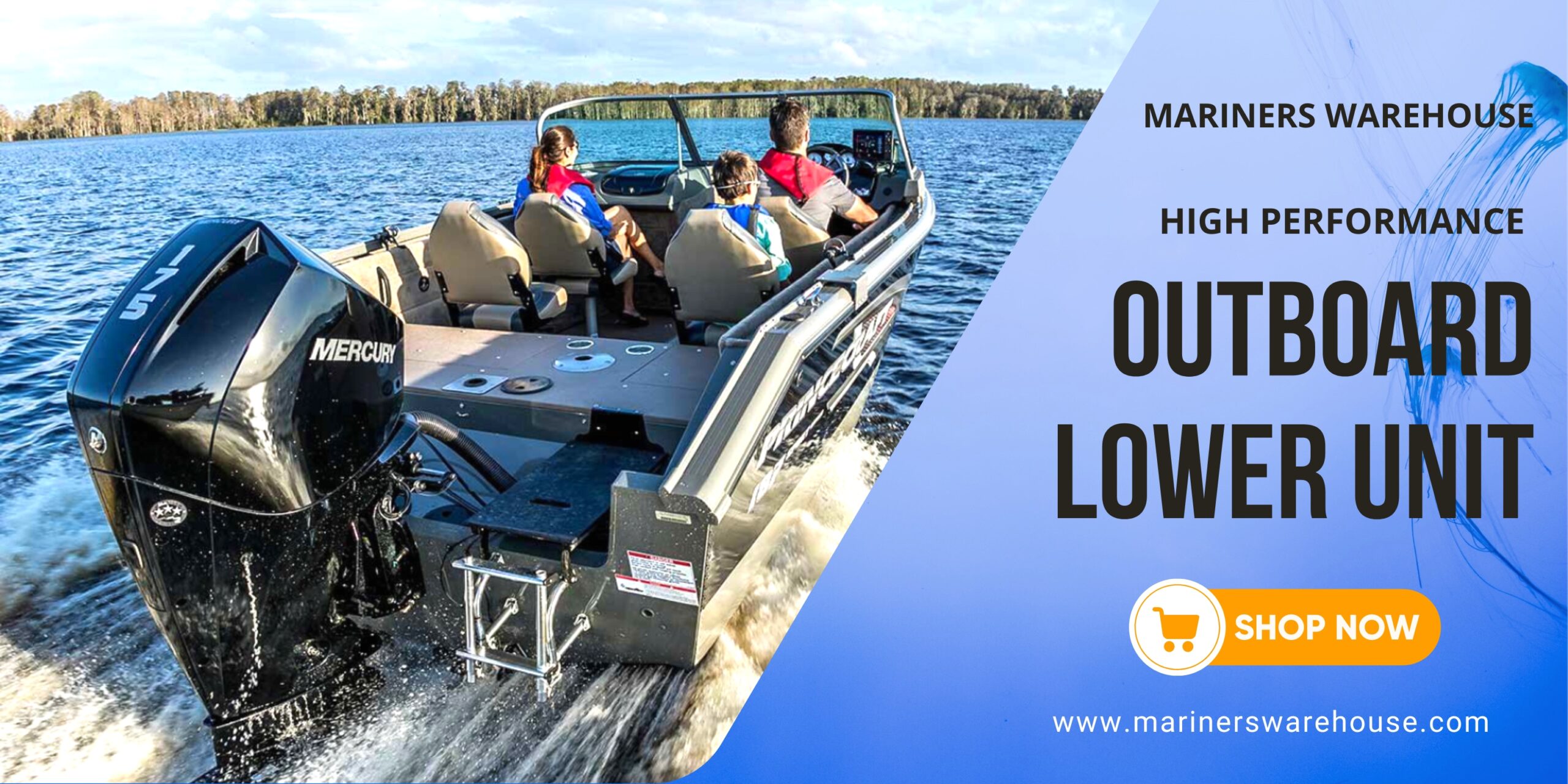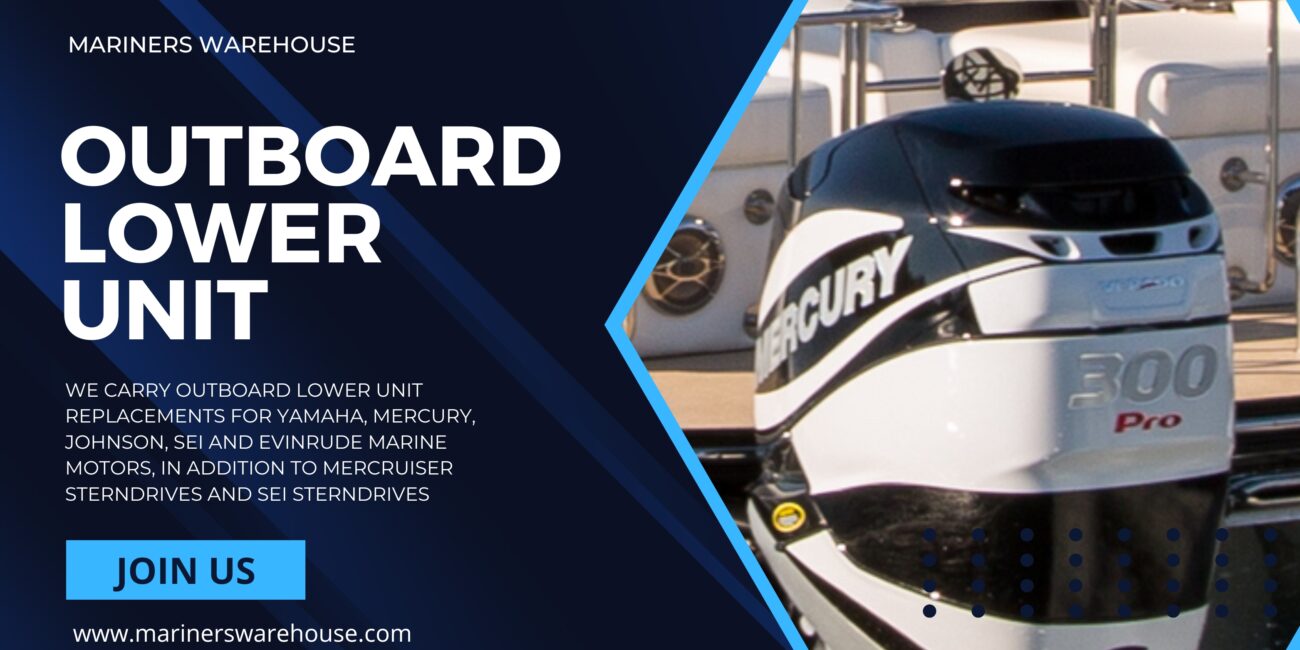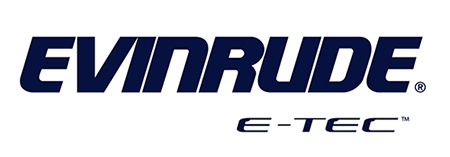How an outboard lower unit works
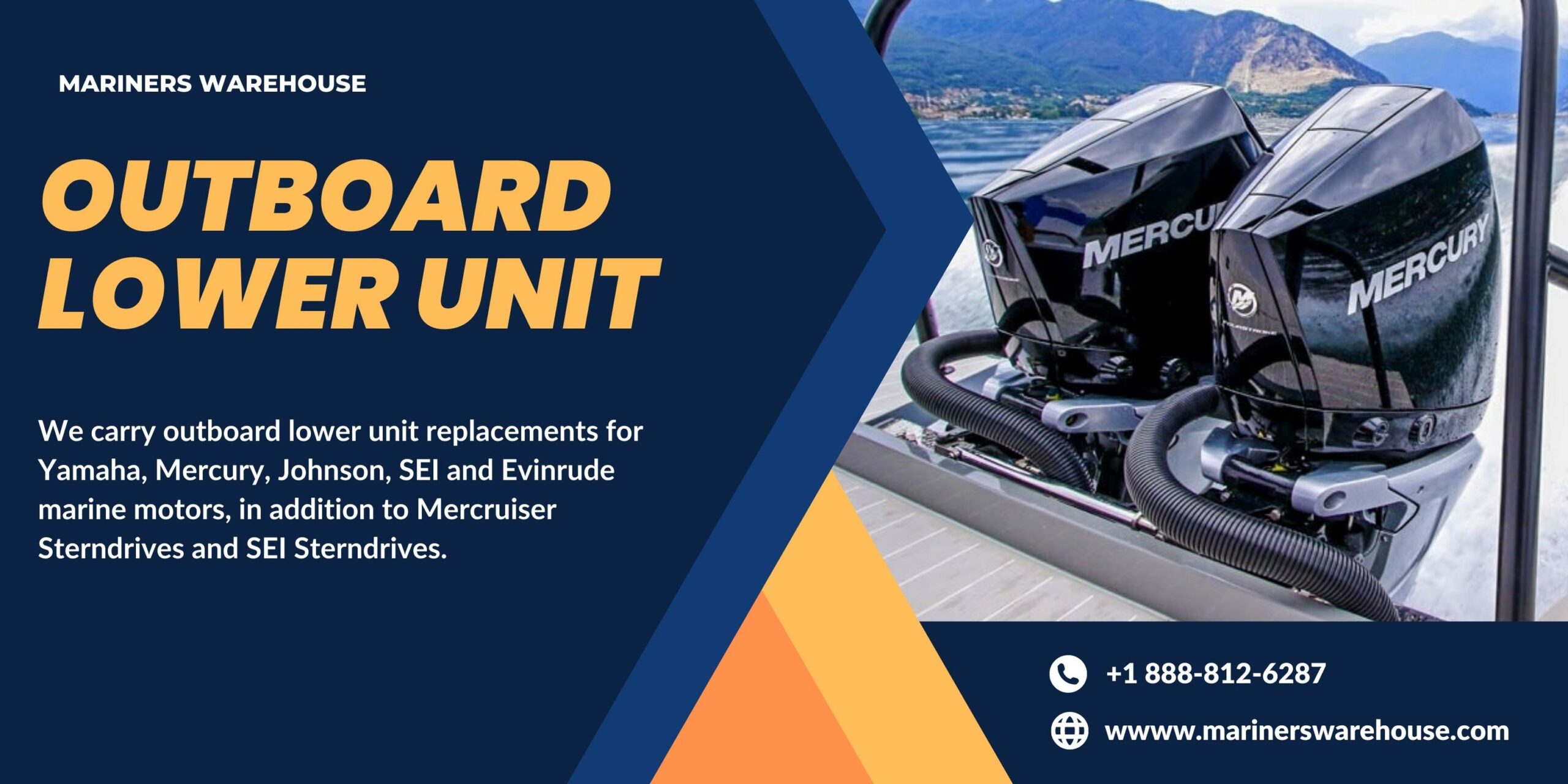
The lower unit of an outboard motor is a complicated piece of machinery. It contains the propeller shaft, drive shaft, and water pump, but it also contains the gears, bearings, and oil that keep your engine running smoothly. All of which work together to power the boat. In this blog post, we’ll take a look at how the lower unit works and what its different parts do.
What is an outboard lower unit?
The lower unit of an outboard engine is the gearbox that contains the gears, shafts, and propeller. It sits below the engine block and is connected to the main engine via a driveshaft. The sei lower units house the transmission, which transfers power from the engine to the propeller. The gearbox contains gears that engage with each other to turn the propeller. The propeller is attached to the driveshaft, which rotates inside the lower unit. Gear oil lubricates the gears and helps to keep them cool.
Parts of an outboard lower unit
An outboard’s lower unit consists of a gearbox, propeller shaft, and propeller. Also, it contains a driveshaft, water pump, shift shaft, and oil seals. The gearbox contains gears that transfer power from the engine to the propeller shaft. The propeller shaft runs through the center of the mercruiser lower unit and is connected to the propeller at the back. The lower unit also contains several seals and bearings that keep water and debris out of the gearbox and engine. These need to be regularly inspected and replaced if they show signs of wear.
Overview of how the outboard lower unit works?
The lower unit mercury of an outboard is the part of the engine that sits below the waterline. It contains the gearbox and propeller shaft and houses the engine’s cooling system. The alpha one lower unit is responsible for providing thrust and power to the boat. Outboard lower units are usually made from aluminum or stainless steel. The gearbox is filled with oil, which helps to lubricate and cool the gears. The propeller shaft is connected to the crankshaft via a clutch, which allows the engine to be started without the propeller spinning. The cooling system consists of a water pump, thermostat, and radiator.
The water pump circulates water through the engine block to keep it cool. The thermostat regulates the flow of water through the radiator so that it does not get too hot or too cold. The boat lower unit also contains seals that keep water out of the gearbox and prevent oil from leaking into the water. These seals need to be replaced periodically to prevent leaks. If you are having problems with your outboard lower unit, it is essential to take it to a qualified mechanic who can diagnose and fix it correctly.
Outboard lower unit driveshaft: How it works?
The outboard mercury lower unit driveshaft is the critical component of an outboard engine. The Evinrude lower unit driveshaft serves as the connection between the engine’s crankshaft and the outboard motor. The driveshaft is connected to the engine through a gear train. The gear train moves the boat forward or back, depending on how much power the outboard lower unit has. When an outboard lower unit is powered up, the drive shaft rotates. This causes the propellers to rotate and create forward motion. The outboard motor then drives the boat forwards. The drive shaft must be maintained regularly to ensure its proper functioning and prevent it from degrading over time.
Prop shaft: how it works?
A lower unit outboard prop shaft is a long metal shaft that extends from the back of the engine to the propeller. This shaft helps to transfer power from the engine to the propeller, which propels the boat through the water. The prop shaft is also responsible for holding the propeller in place and keeping it from coming loose. Over time, prop shafts can become worn or damaged, which can cause problems with the engine’s performance. So, It is essential to maintain the prop shaft to ensure it functions properly. Maintaining the prop shaft can be done in several ways, such as cleaning and lubricating it regularly. It is also essential to ensure that the chain tensioners are working correctly so that the power on the outboard motor is evenly distributed.
Gearbox: how it works?
The gearbox of an outboard lower unit is a vital component that helps to transfer power from the engine to the propeller. It is responsible for providing the correct gearing ratios to ensure that the propeller can rotate at the correct speed. The gearbox also helps protect the engine by absorbing some of the shock and vibration generated when the propeller is in use. Inside the gearbox, a series of gears mesh together. These gears work together to provide different gear ratios depending on the position of the shift lever.
When the shift lever is in the forward position, the engine will be connected directly to the propeller shaft. In this position, the engine will turn at a higher rpm and can provide more thrust. However, this high rpm can stress the engine and cause it to overheat. To help prevent this, a clutch inside the gearbox can be engaged when needed. This clutch will help to disengage the engine from the propeller shaft when not in use and will also help to absorb some of the shock and vibration from engagement.
Shift shaft: how it works?
The shift shaft of an outboard yamaha lower unit is responsible for transferring power from the engine to the outboard motor lower unit The shift shaft is connected to the engine via a spline connection. When the engine runs, the shift shaft turns at a constant speed. This turning motion is transferred to the gears in the sei marine lower units, which then rotate the prop shaft and propeller. The shift shaft can also be damaged if not maintained properly. It can be incredibly important for a boat owner to keep it in good condition, as it can prevent significant damage to the engine or propellers over time. The shift shaft can also be repaired if damaged; a professional boat mechanic typically does this.
Water pump: how it works?
A water pump in the mercury outboard lower units are attached to the drive shaft of the engine,, and It is designed to pump water from the bilge, or bottom, and push those water to keep the johnson lower unit engine cool. The outboard lower unit typically consists of a housing, impeller, and diaphragm. The housing contains the impeller and diaphragm connected to the engine via a shaft. The impeller pumps water through the housing and engine while the diaphragm controls water flow. A water pump is a vital part of an outboard lower unit and must be kept in excellent condition to ensure its effectiveness.
Oil seals
The oil seals in the mercruiser alpha one lower unit keep the lubricating oil in and the water out, ensuring that the gears and bearings are adequately lubricated. When these seals start to leak, they can cause serious problems. The oil seals in an outboard bravo one lower unit are located between the gearcase and the engine block. There are two main types of seals: lip seals and face seals. Lip seals have a lip that presses against the surface of the gearcase, while face seals press against a flat surface on the engine block.
Lip seals are used on most outboard motors. They are simple to replace and don’t require special tools. However, they are not as effective as face seals. Face seals have a much tighter seal than lip seals, making them more effective. They are more challenging to replace and require special tools. If you notice any leaking from your outboard lower unit, it’s essential to have it checked by a qualified technician as soon as possible. Leaking oil can cause severe damage to your engine, so it’s best not to take any chances.
Conclusion
We hope you found this article helpful in learning how an outboard’s lower unit works. As you can see, many moving parts are involved in making your engine run smoothly. By taking care of your lower unit and keeping it properly maintained, you can prolong the life of your outboard and avoid costly repairs down the road. Thanks for reading!

